When I first moved to Germany, I remember my first encounter with tofu at Kaufland—let’s just say it left a lot to be desired. Over the years, store-bought tofu here has improved a bit, but I was still curious if I could make something even better. I began experimenting, and as it happens, I have a friend in town who’s also interested in tofu-making. We’ve decided to share our progress here.

About two years ago, my brother sent me a machine from Hong Kong. Roughly translated as a “cell-breaking machine,” it’s essentially a high-speed blender with heating capabilities. It’s incredibly versatile and offers different settings for making things like soya milk, smoothies, hot soup, and even powdered ingredients.

One of my favorite functions is the soya milk setting. Fresh soya milk from this machine is leagues above what I can buy here in Germany. The process is simple: add soaked soya beans and water, press start, and in about 35 minutes, fresh, warm soya milk is ready. It’s perfect, especially during the winter months.
First Tofu Experiment
A few weeks ago, I decided to take it a step further and make my own tofu. Here’s what I needed:
- A tofu mold, which I 3D-printed to press the curds into a block
- Cloth to hold the curds during pressing
- A coagulant (solidifying agent), like lemon juice, rice vinegar, or calcium sulfate
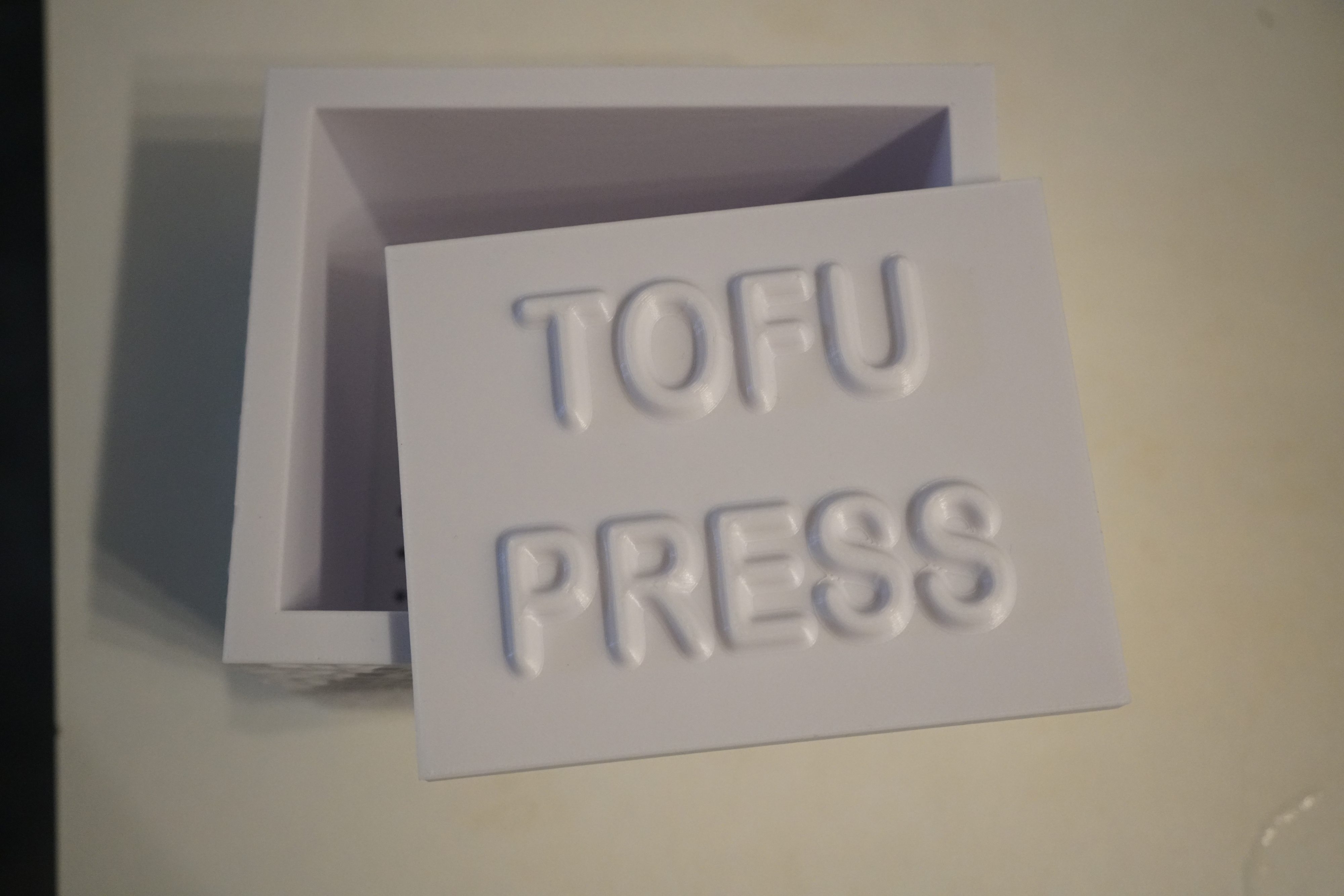
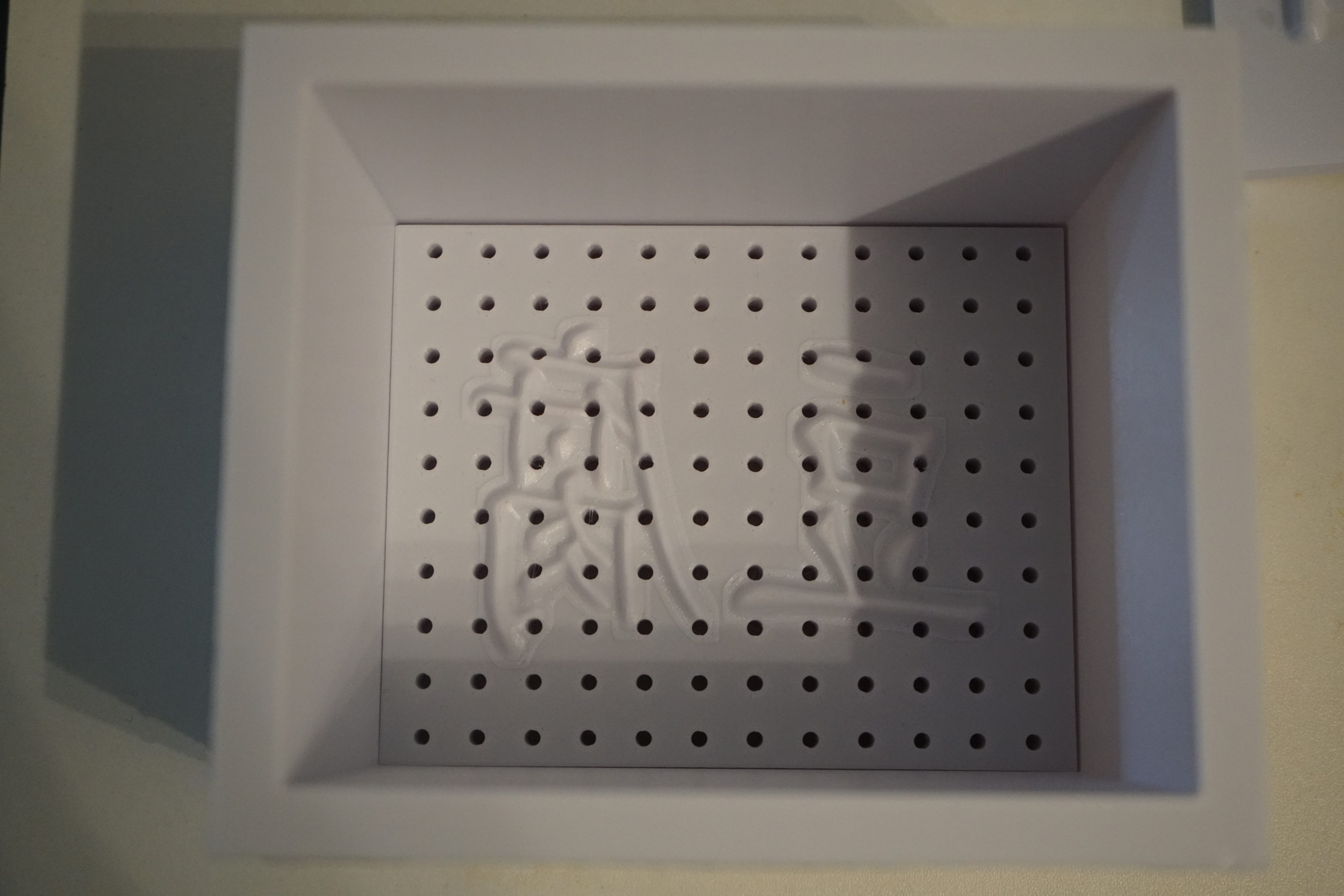
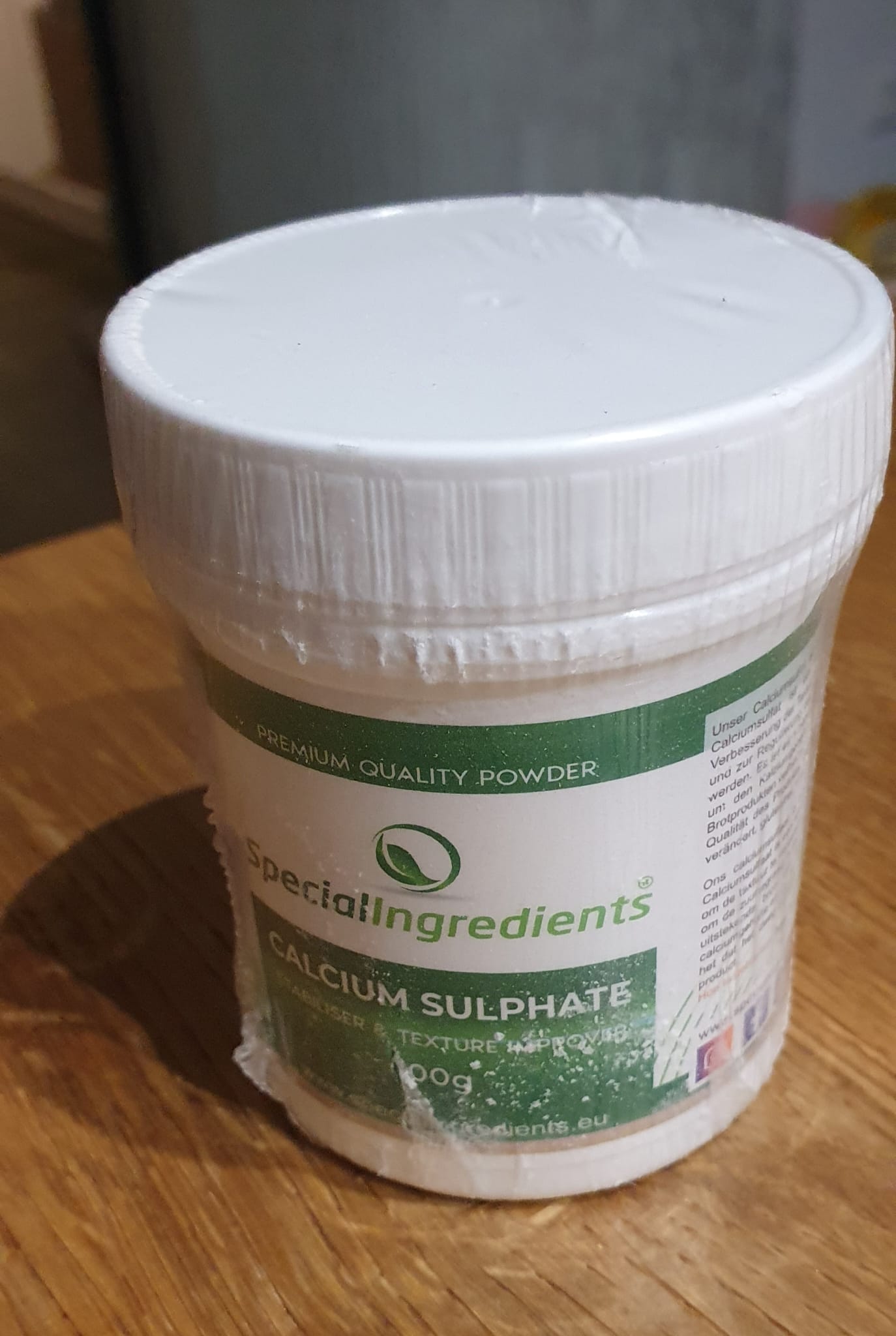

After watching some tutorials, I gave it a go. My first attempt looked promising in photos but tasted incredibly sour—I had used too much distilled vinegar with about 1.2L of soya milk. Lesson learned: distilled vinegar is far too acidic for tofu.
Through further research, I discovered that the curdling process should happen at around 80°C and that a gentler coagulant like lemon juice or rice vinegar is better.
Second Try: Success!
For the second attempt, I used a warmed soya milk with a lemon and rice vinegar mixture, and this time, it was a success! The tofu was far less sour and had a subtle tang that could work well in salads or any dish that uses vinegar.
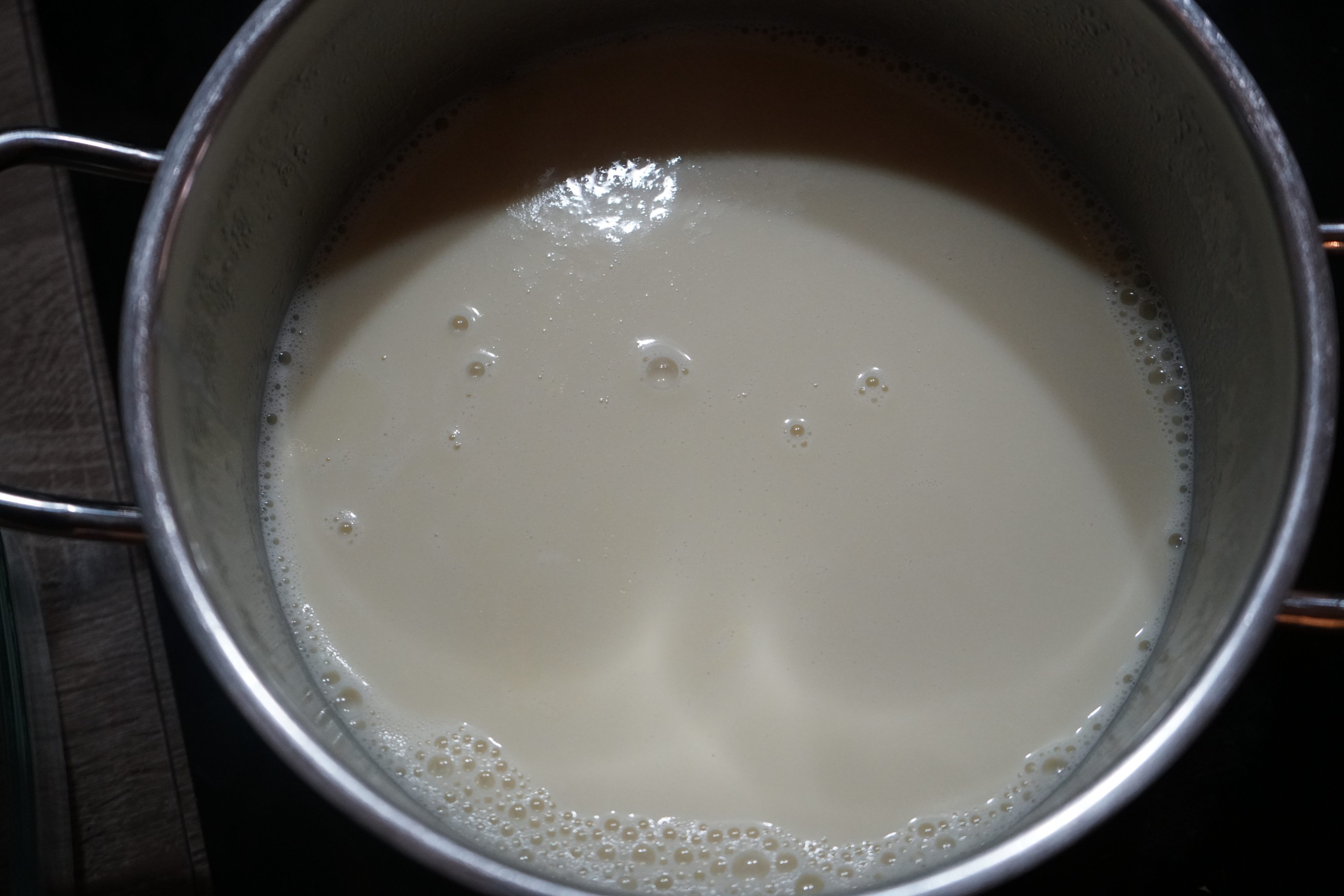
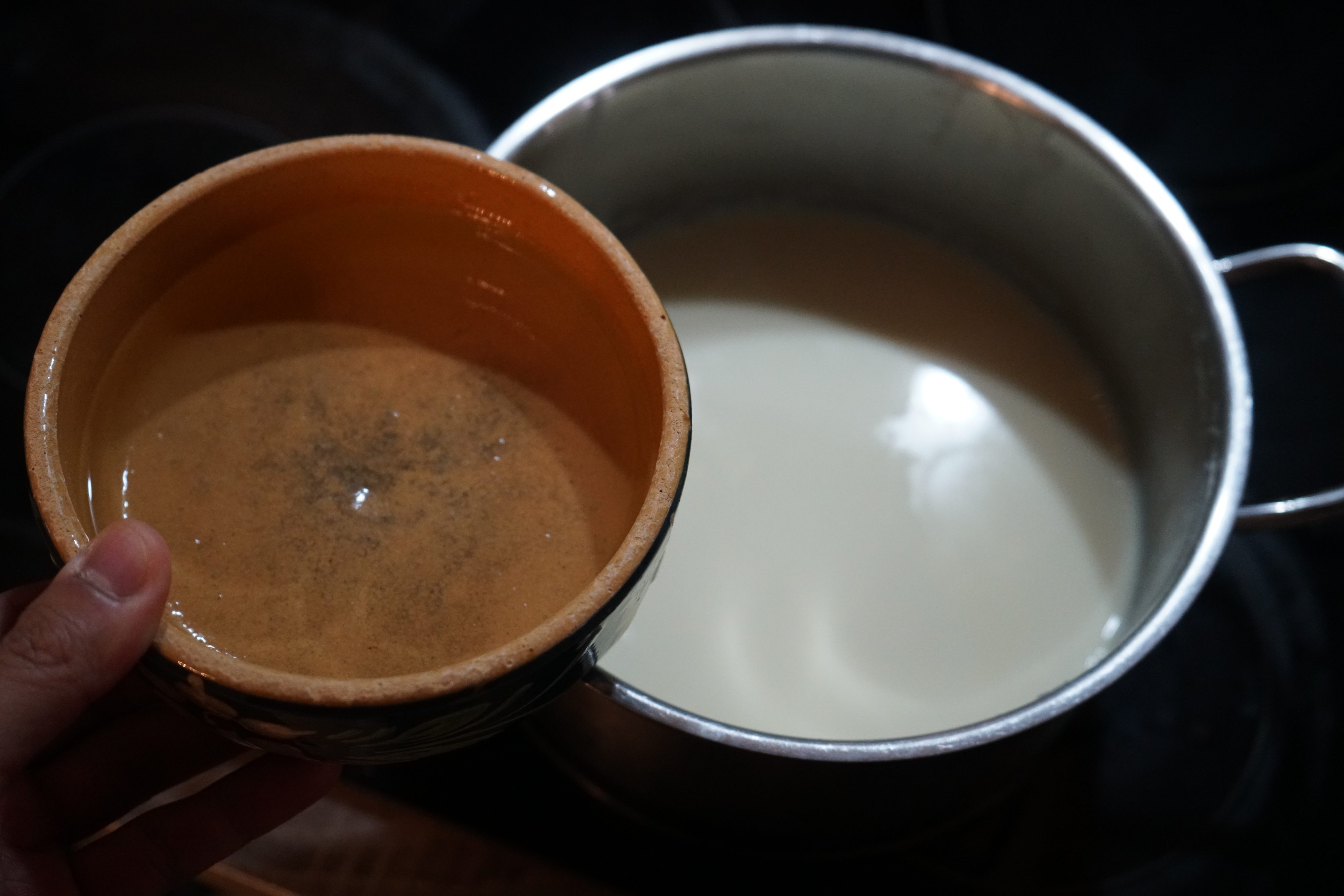
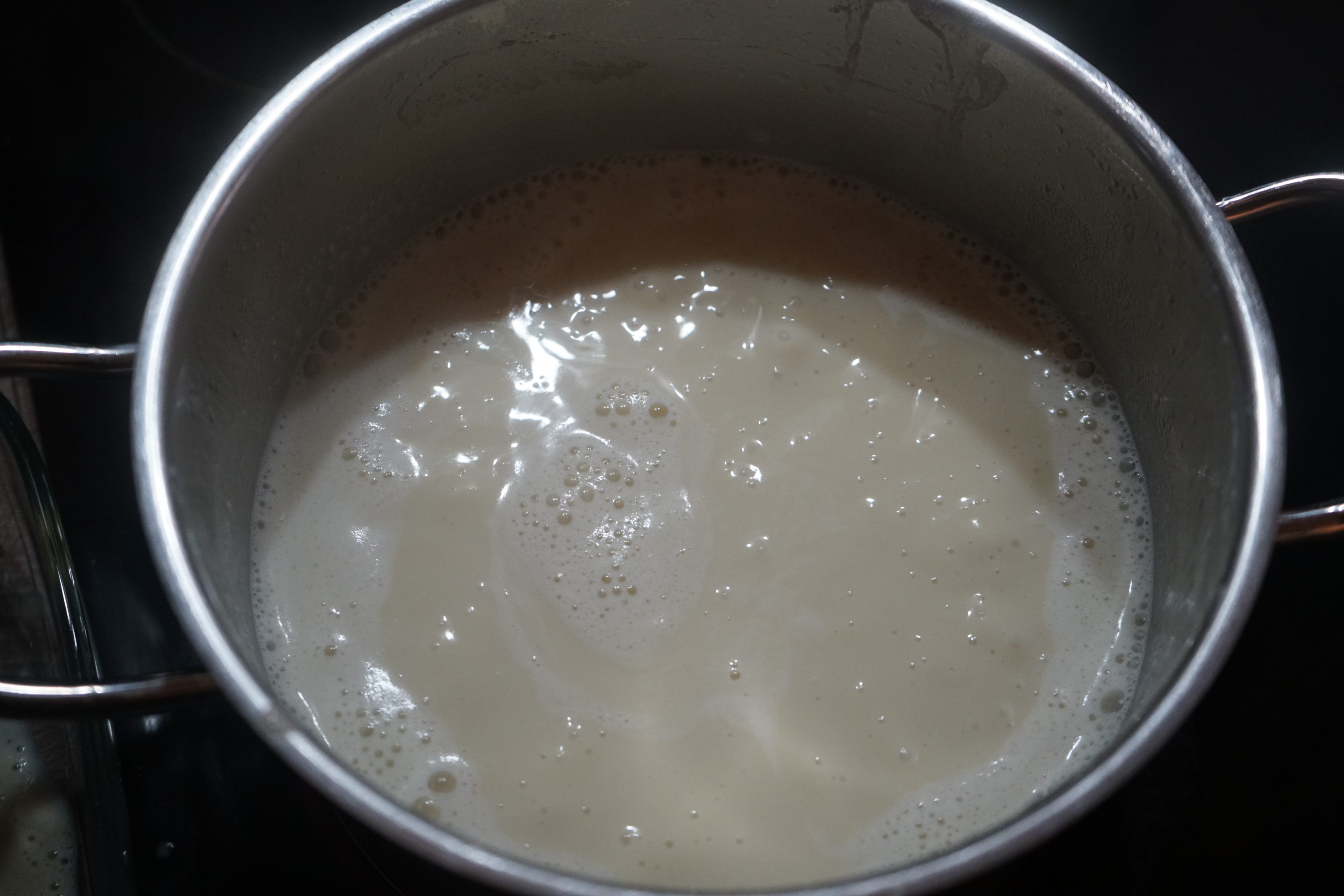
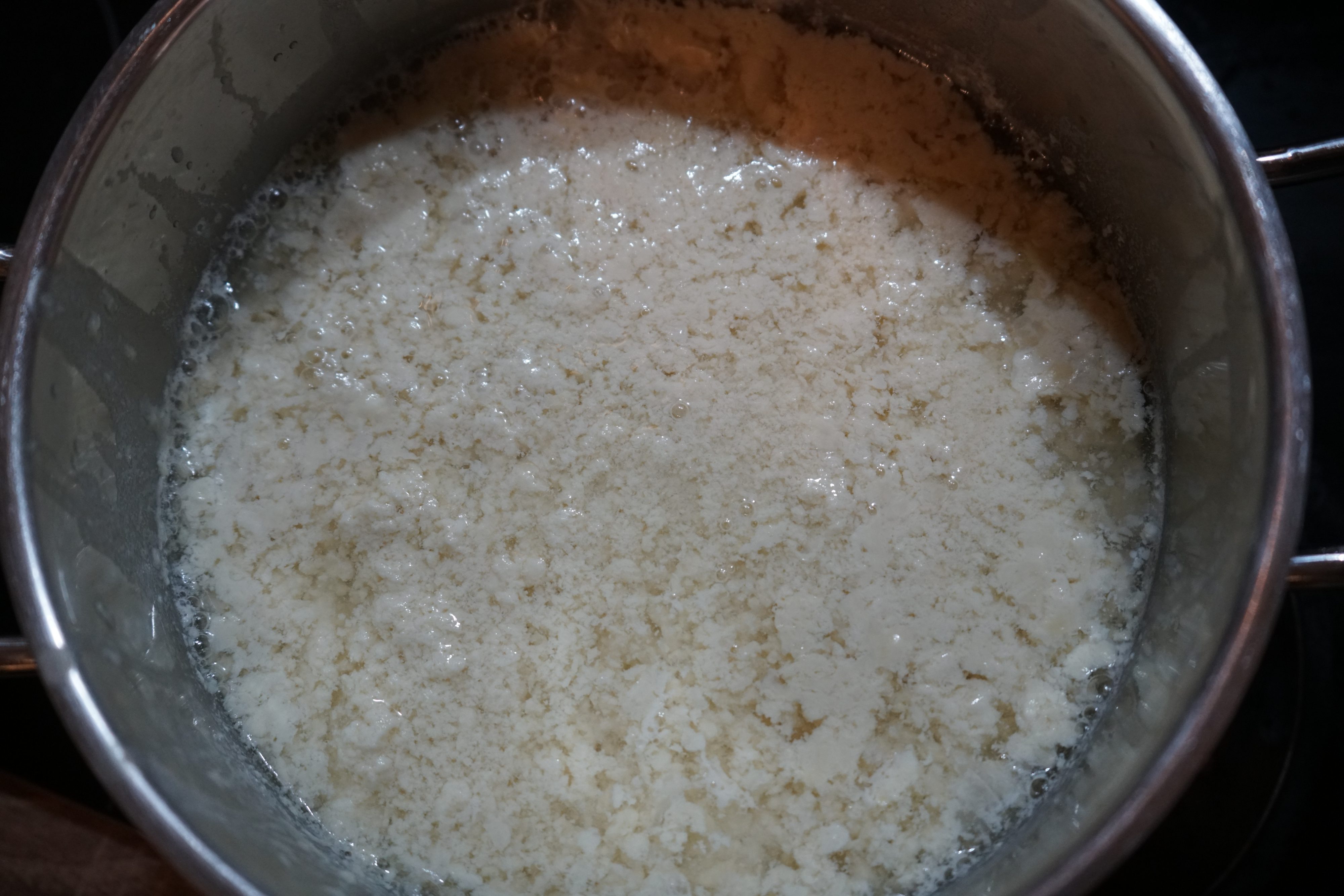
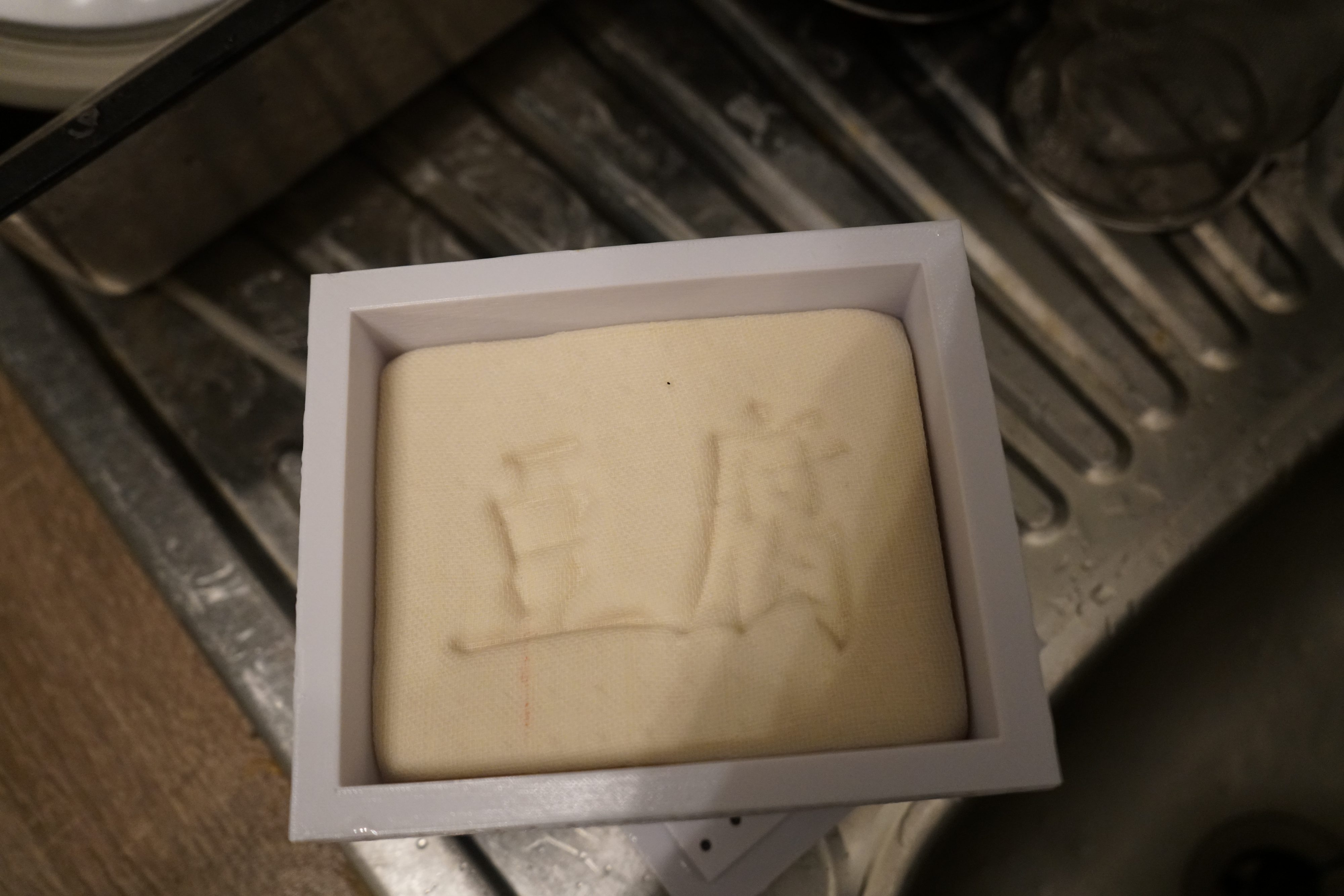
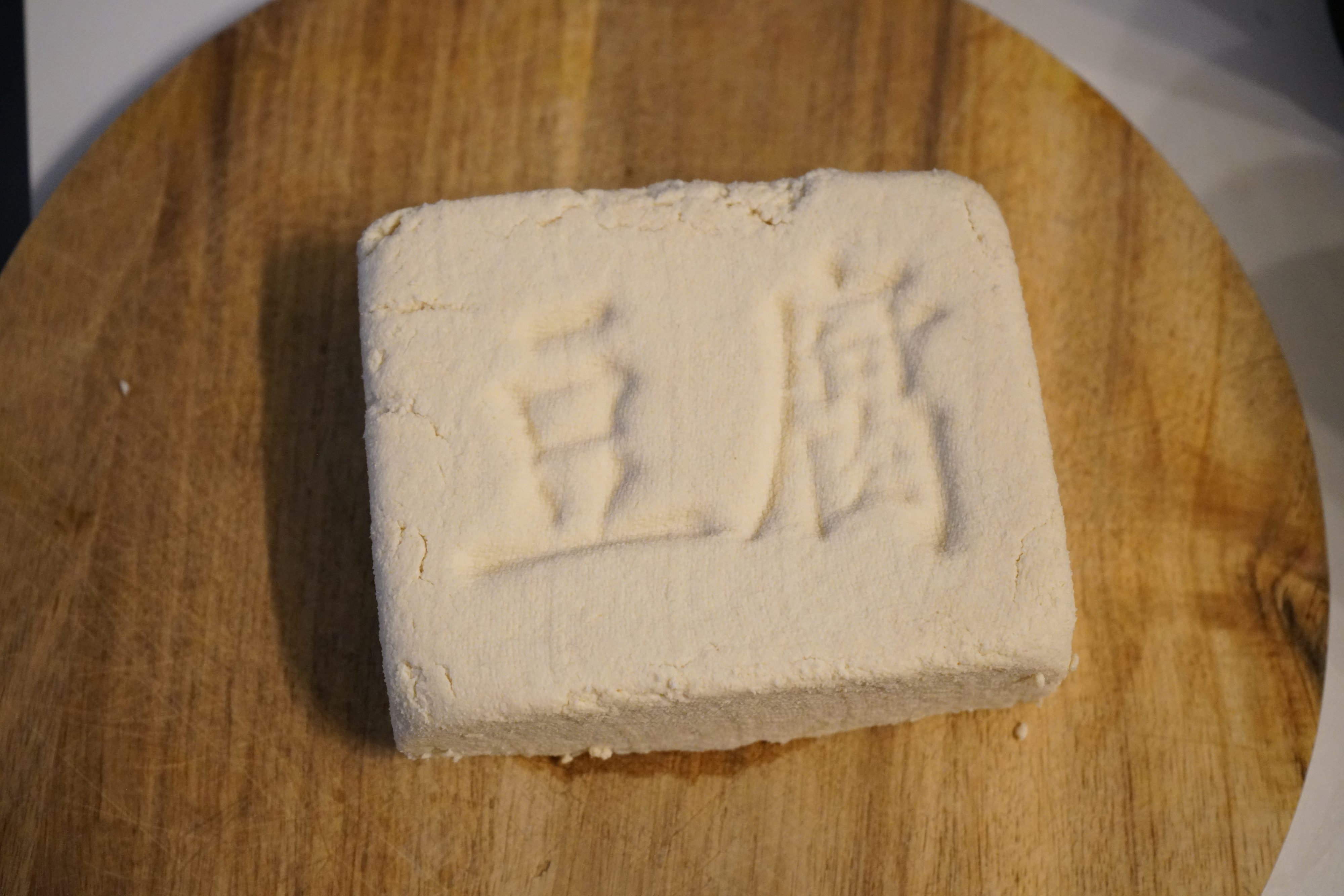
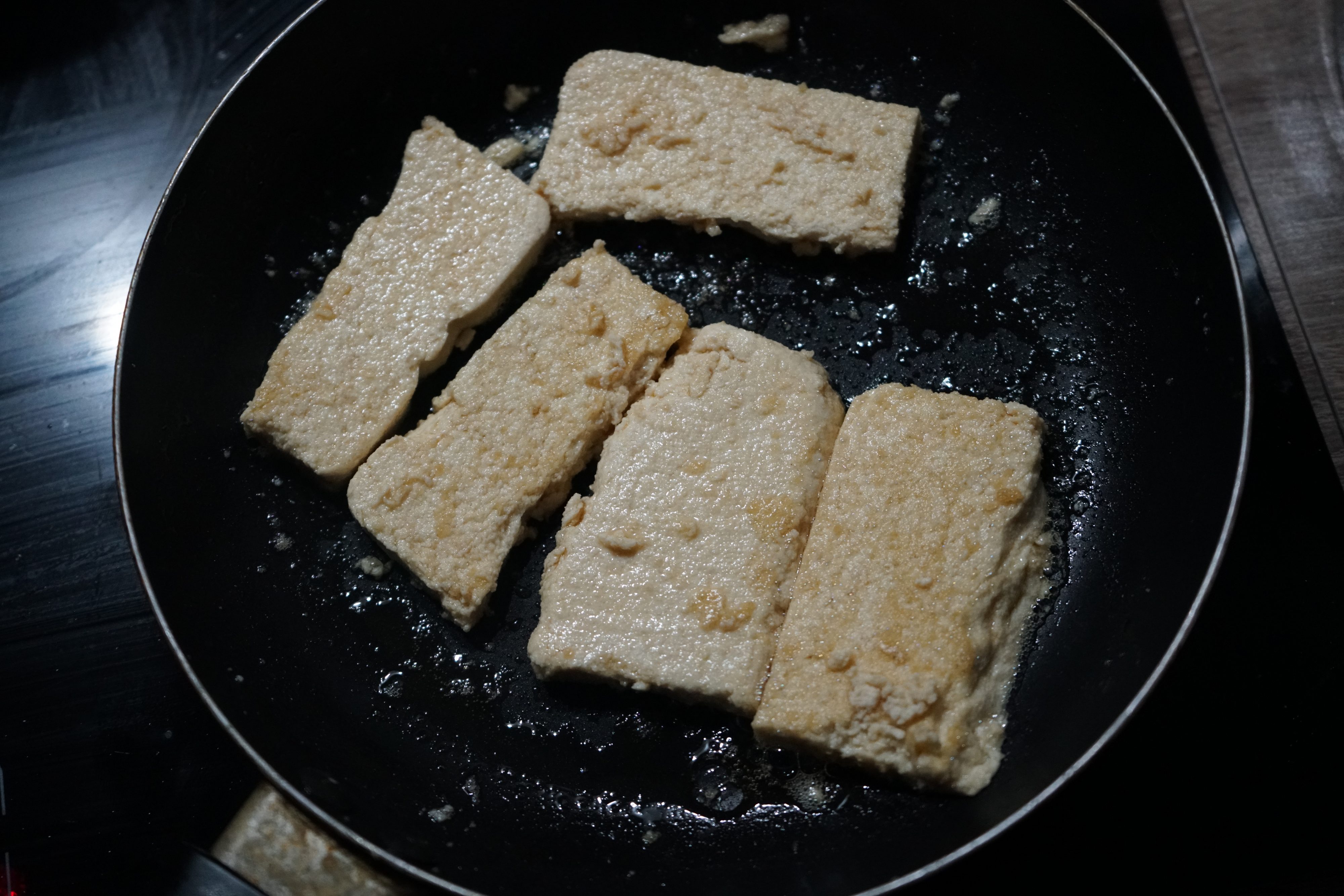
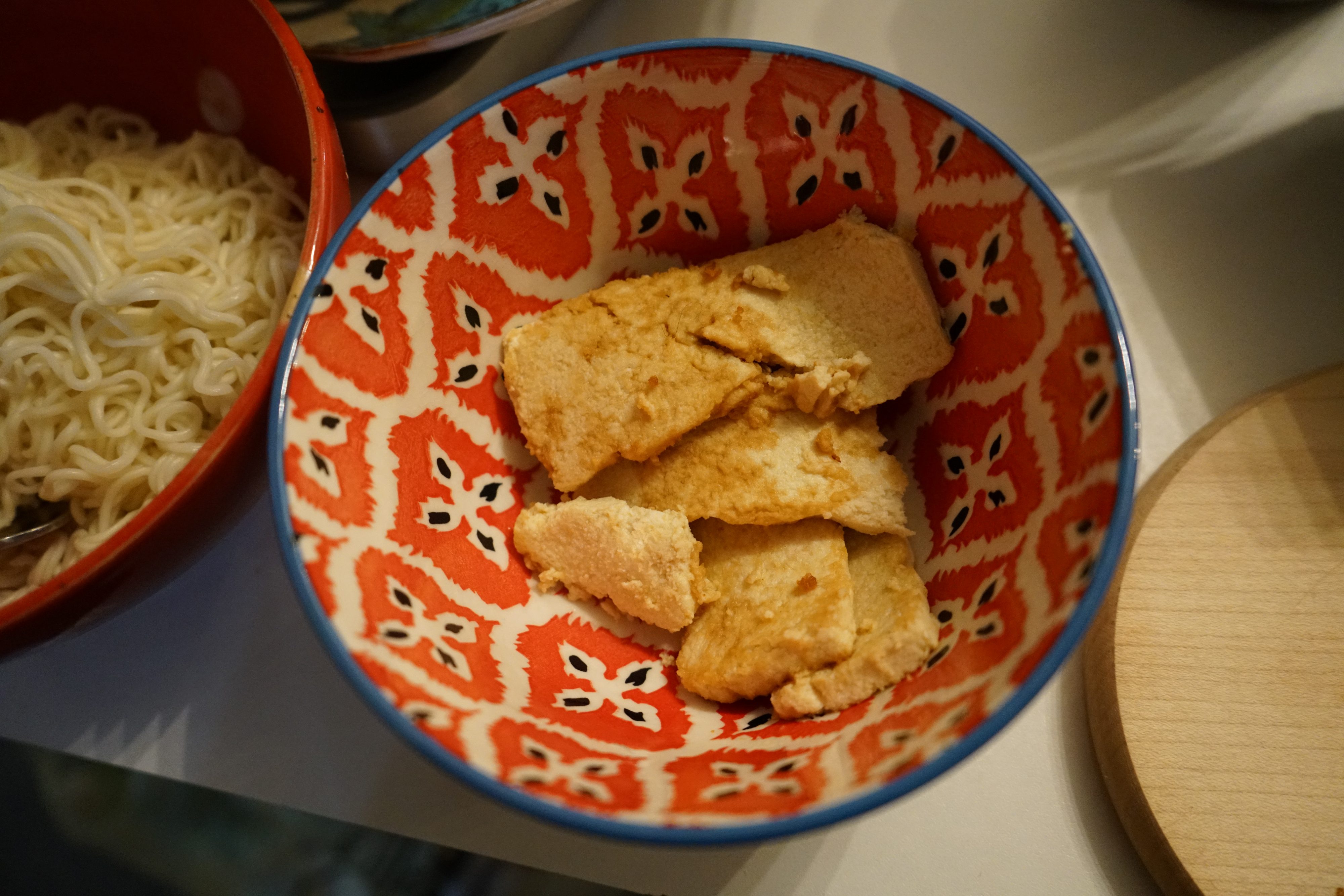
It’s not fully firm, but still pleasantly solid and very acceptable.
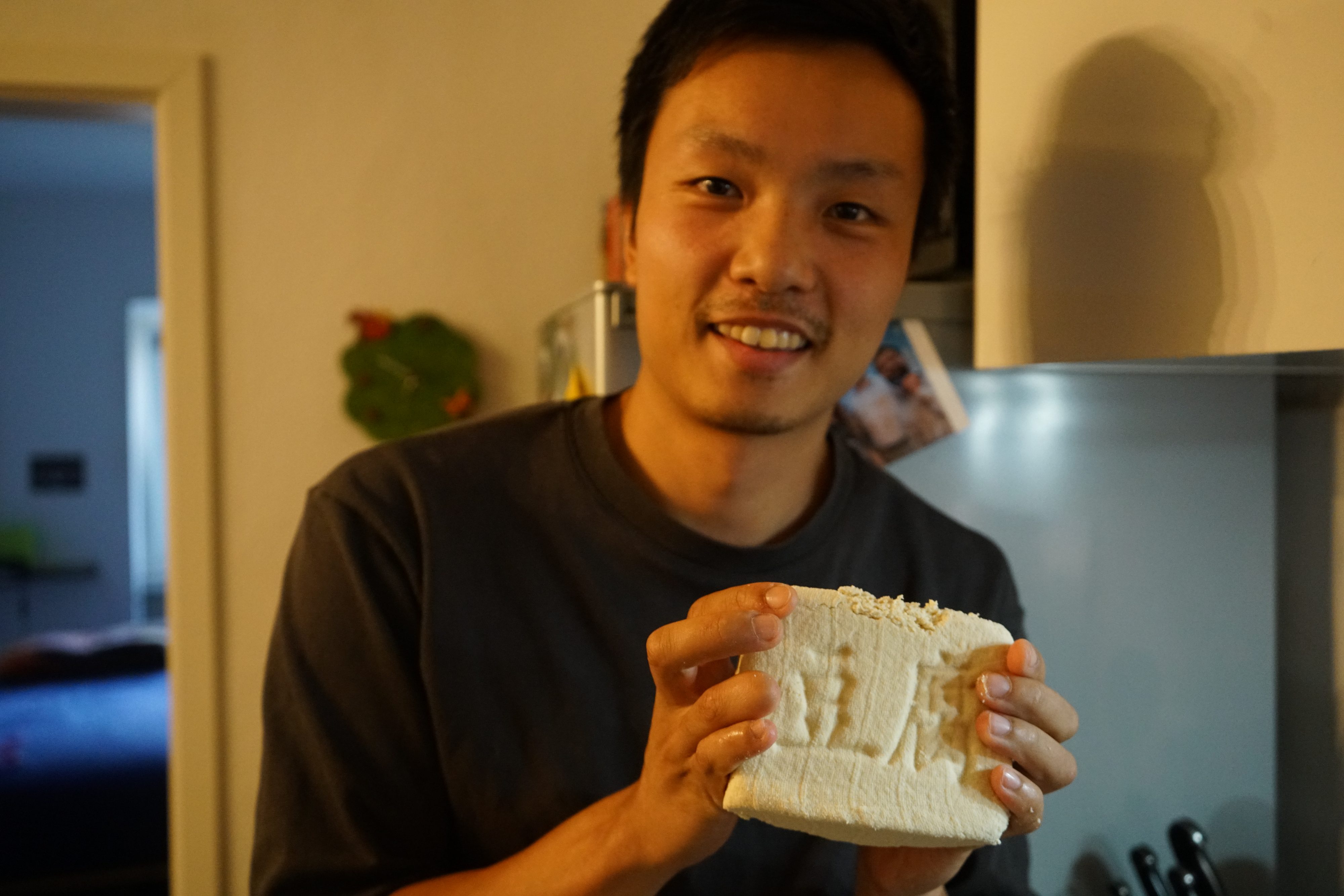
I’m so excited for the tofu, as you can probably tell from the photo!
Tofu Workshop with Friends
To further refine the process, I held a tofu-making workshop with a friend who also wanted to make tofu. She brought calcium sulfate (CaSO4), a popular coagulant in tofu production.
We made two types of tofu:
- Tofu with lemon juice and rice vinegar
- Tofu with calcium sulfate
The differences were noticeable. Before frying, the lemon-vinegar tofu was softer, while the calcium sulfate tofu was much firmer. After frying, the calcium sulfate tofu held together exceptionally well, even better than some store-bought varieties here in Germany.
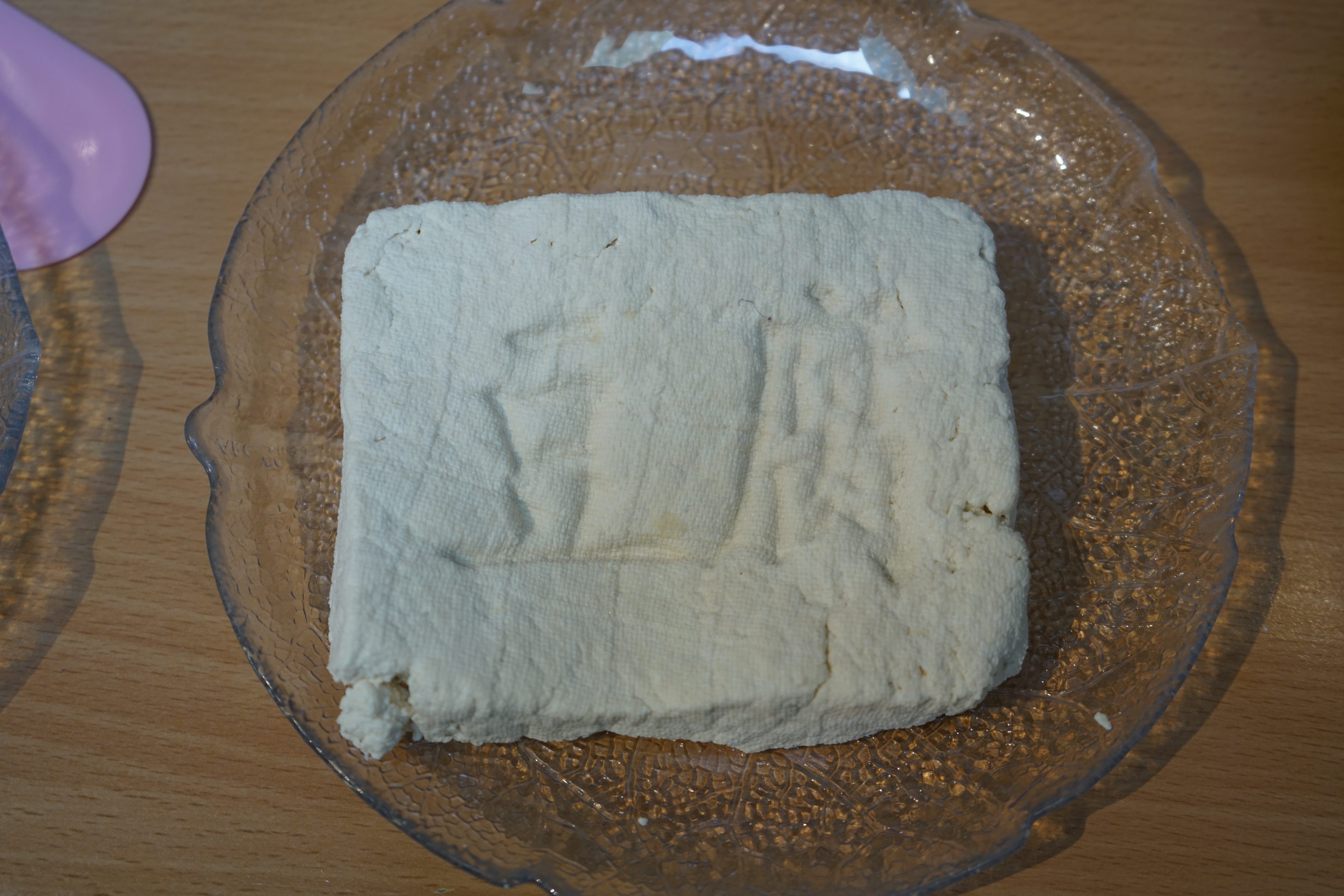
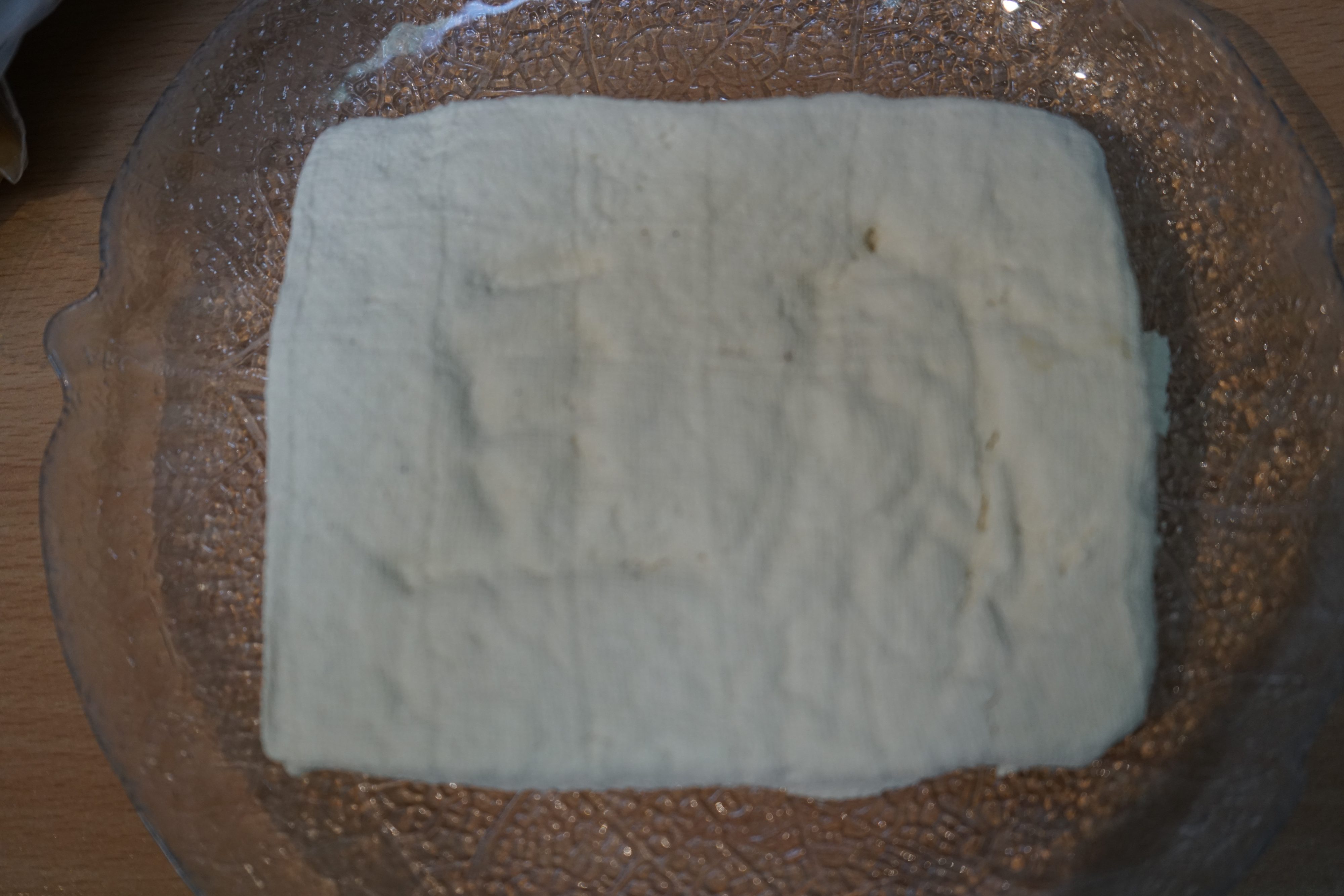
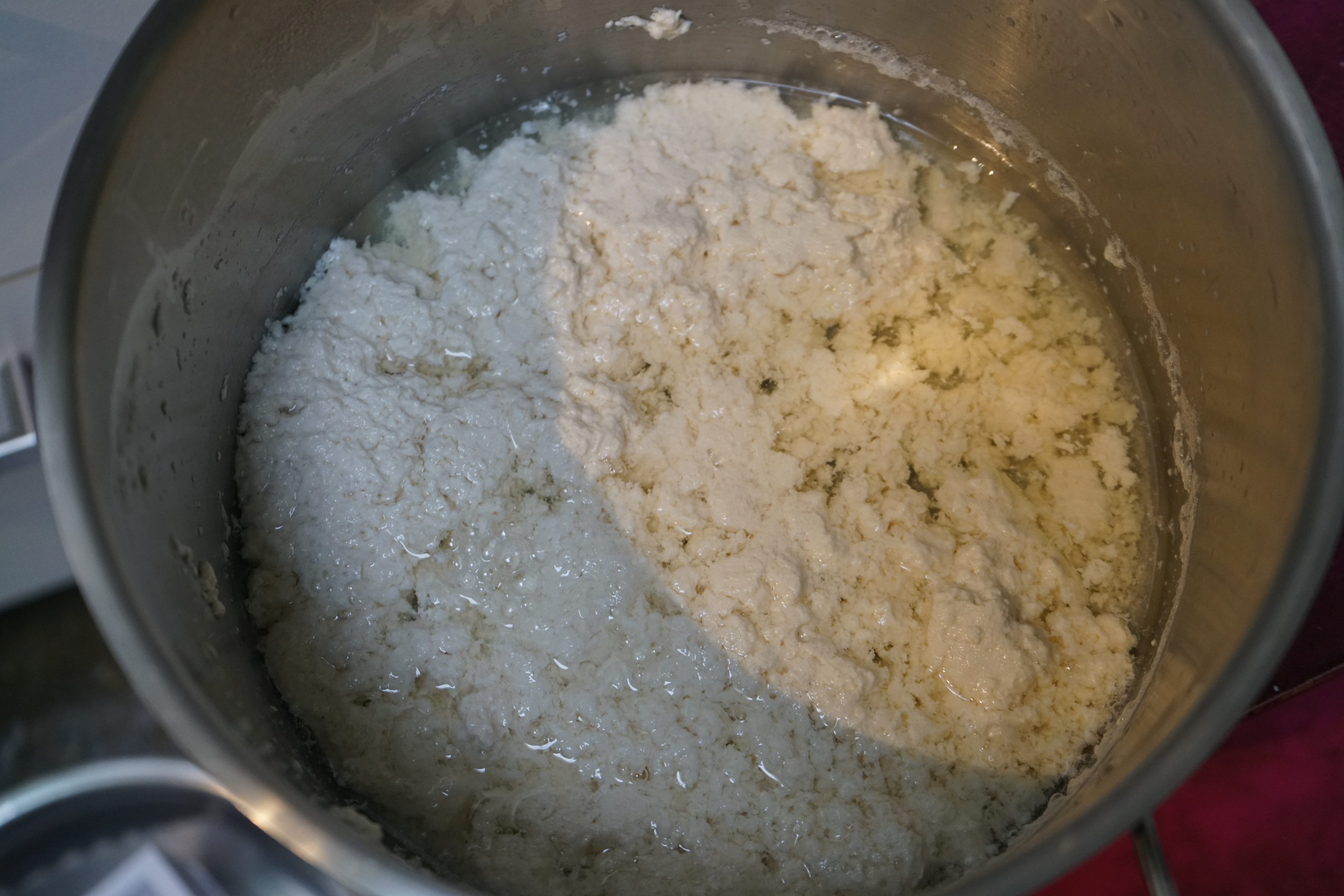
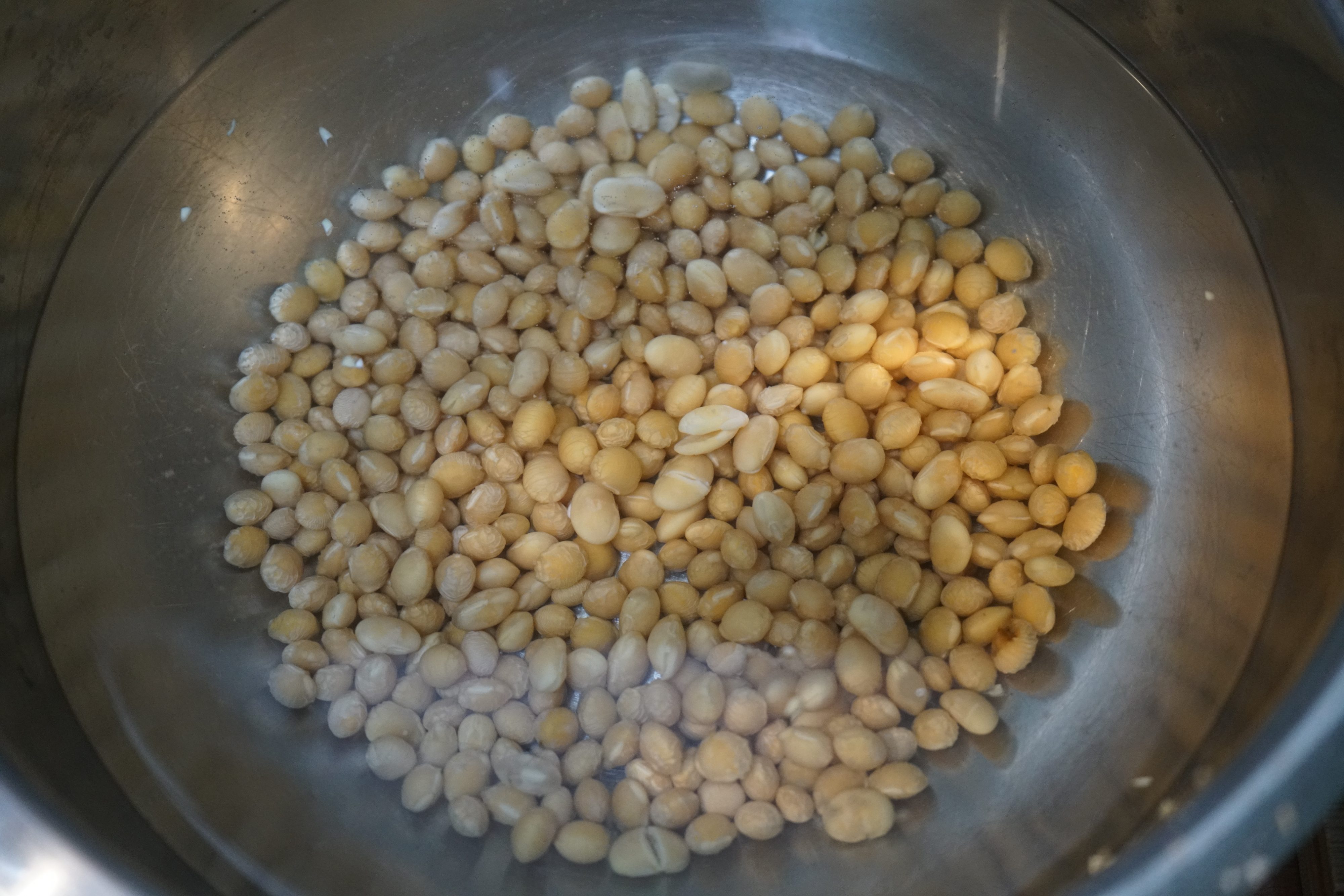
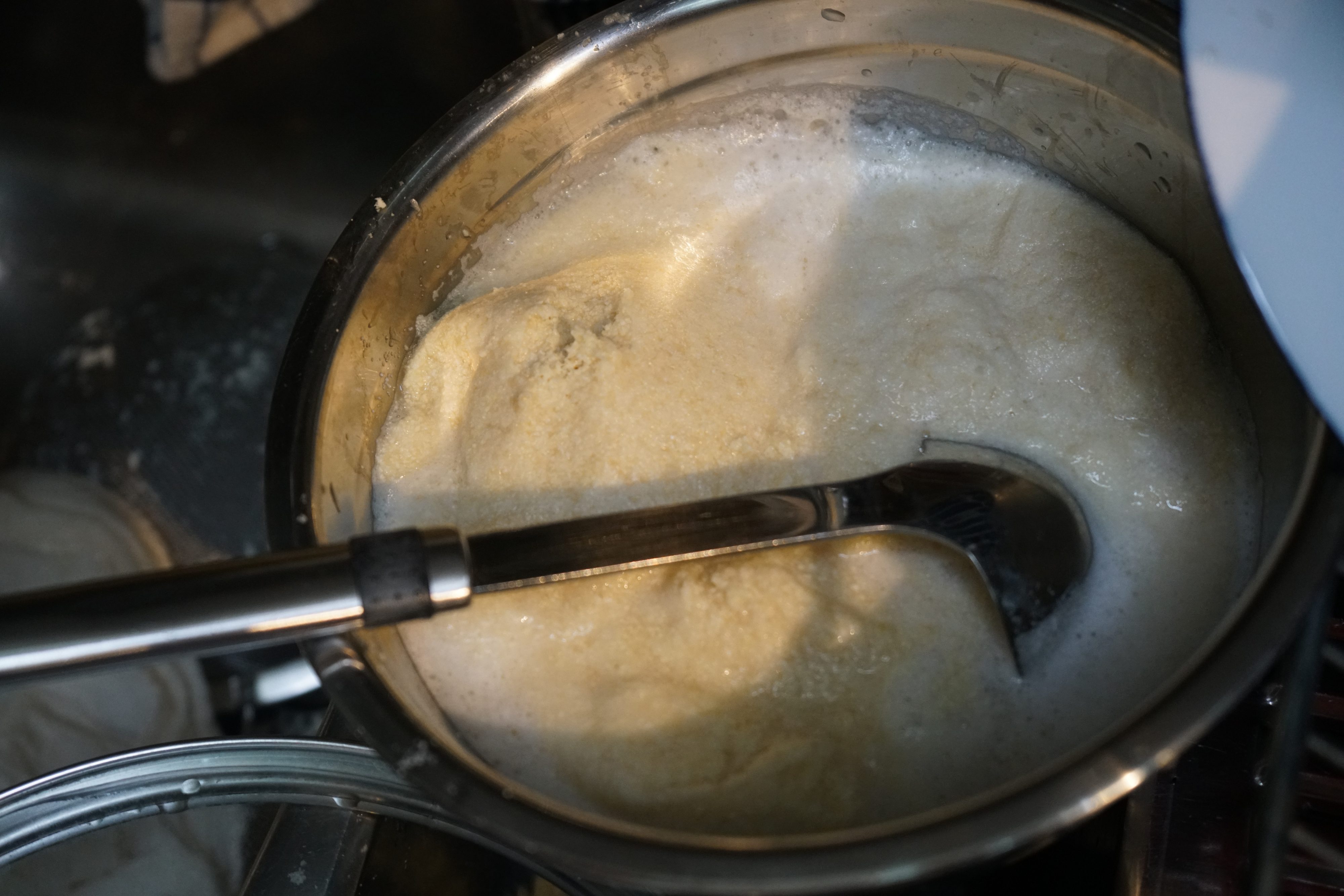
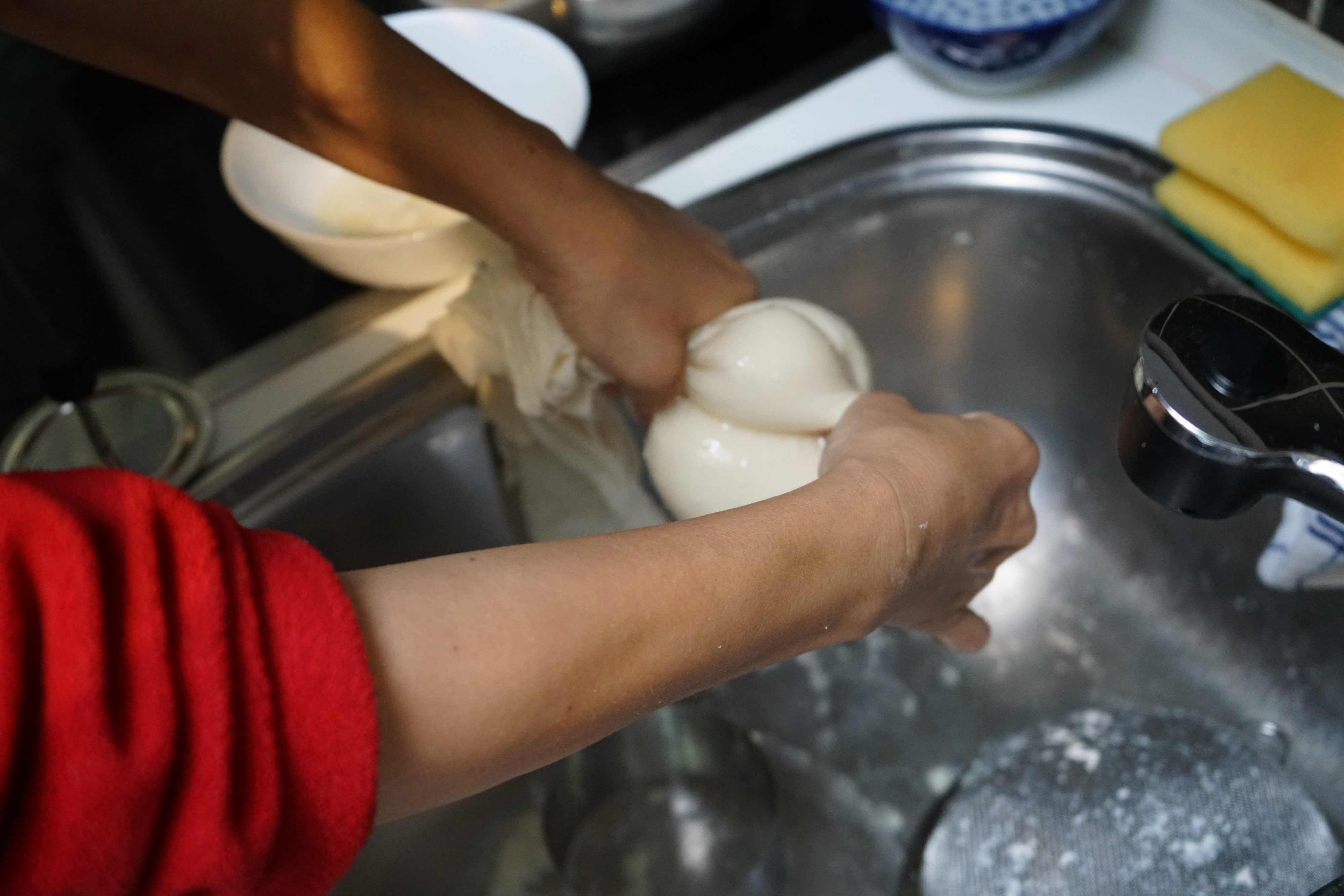

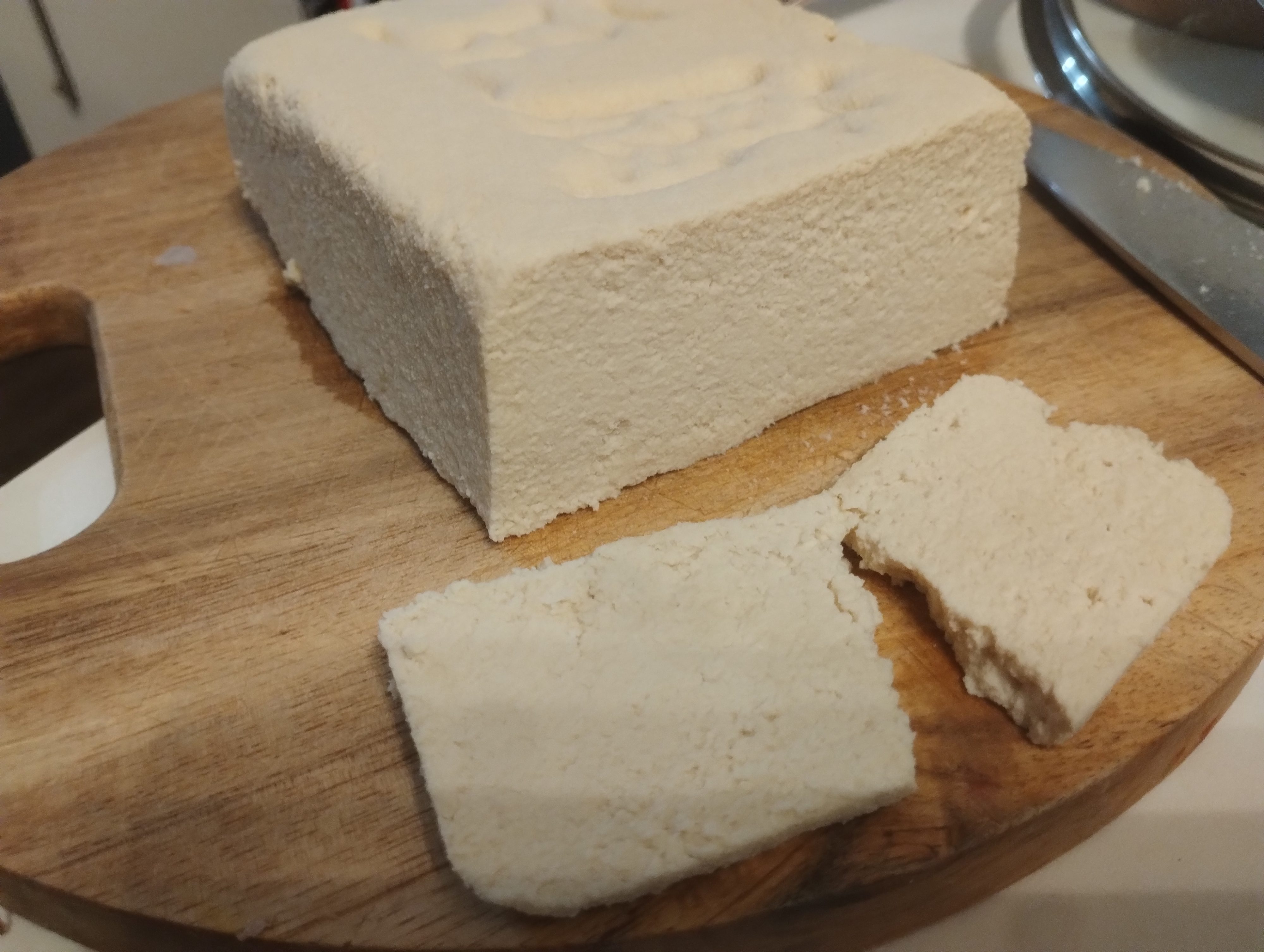
Exploring New Ingredients: Black Bean Tofu
Inspired by the success with yellow soya beans, I decided to try making tofu with black beans, aiming to create the rare “black tofu.” I followed the same process as with the yellow beans, heating the milk to 80°C and using a lemon and rice vinegar mixture. Unfortunately, this attempt failed—the milk simply wouldn’t solidify, even with a 1:1 ratio of black bean milk to coagulant.


After some research, I learned that black beans in Europe are typically different from those used for tofu in Asia. Asian black beans commonly have a green core, which is rich in protein and ideal for tofu-making, while the beans with a yellow core are more often used for soy sauce production.
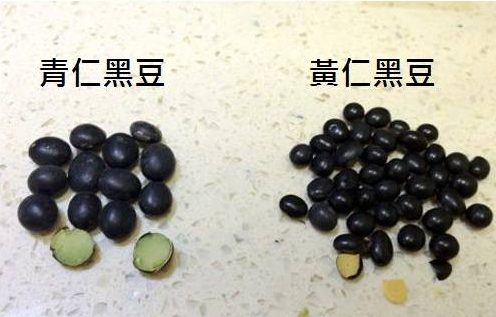
So now, the next step is to get the right beans and try again.
Thank you for following along on this journey of tofu-making successes and setbacks! Stay tuned for more updates as I continue to experiment with tofu.

